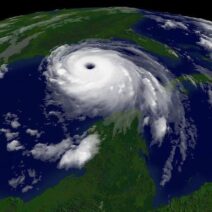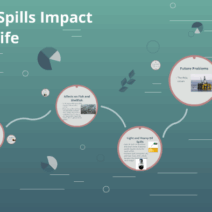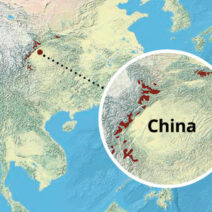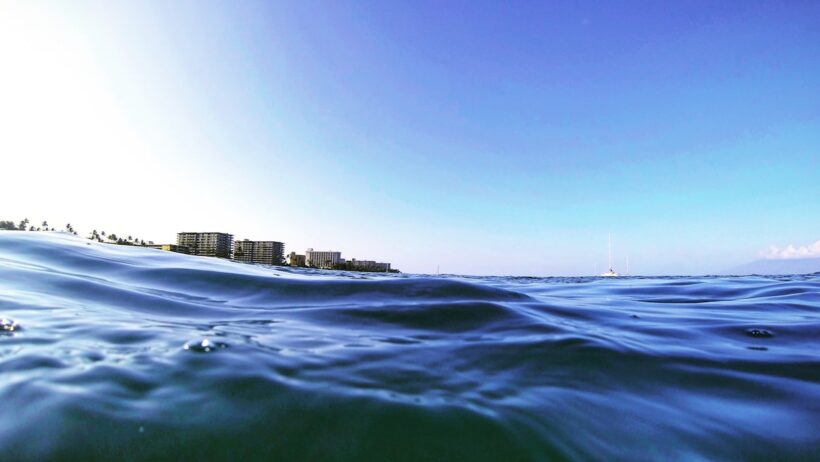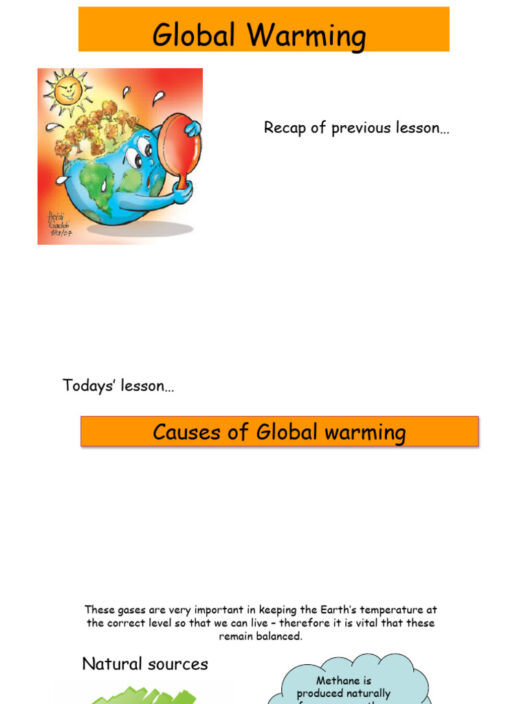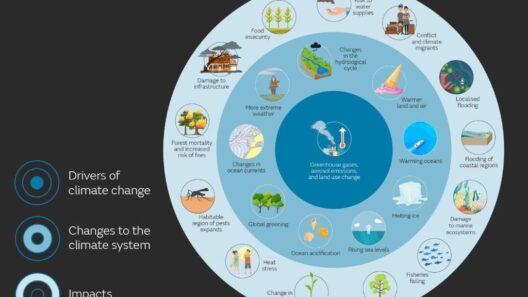When people envision Hawaii, they often picture idyllic beaches, azure waters, and vibrant sunsets. However, beneath this picturesque veneer lies a complex climate. The weather in Hawaii is as varied and dynamic as the islands themselves. This article will delve into the nuanced climate of Hawaii, exploring its distinctive features, seasonal variations, and environmental implications.
Understanding Hawaii’s climate necessitates appreciation for its geographic diversity. The archipelago is comprised of eight main islands, each exhibiting unique weather patterns due to variations in altitude, wind patterns, and proximity to the ocean. These factors contribute to an extraordinary range of microclimates, from tropical rainforests to arid deserts, all within a few miles of each other.
Overarching these localized climates, Hawaii’s global classification is attributed to a tropical maritime climate. This designation stems from the warm ocean waters that significantly influence the atmospheric conditions across the islands—keeping temperatures relatively mild year-round.
The temperature in Hawaii typically ranges from 70°F to 85°F (21°C to 29°C), encompassing the comfortable warmth that attracts millions of tourists annually. However, it is essential to note that temperatures can dramatically differ between coastal areas and volcanic highlands. For instance, the summit of Mauna Kea, which rises over 13,000 feet, can experience snow and freezing temperatures, providing a stark contrast to the beachside warmth.
Seasonal variations in Hawaii’s climate further emphasize its uniqueness. While many regions experience four distinct seasons, Hawaii delineates its year into two primary periods: the dry season and the wet season.
During the dry season, from April through October, precipitation diminishes dramatically. This period attracts tourists keen on embracing outdoor activities, soaking in the sun, and relishing the multitude of festivals celebrating Hawaii’s culture. Interestingly, this season also sees the trade winds, which help maintain comfortable humidity levels. These cooling breezes are a relief, especially amidst the sultry summer days.
Conversely, the wet season—which spans from November through March—brings increased humidity and rainfall. This surge in precipitation transforms Hawaii into a lush paradise, revitalizing flora and reflecting the islands’ ecological splendor. Nonetheless, the rain can be intense, particularly in regions such as Hilo on the Big Island, known for being one of the wettest places on earth. This stark contrast in climate not only shapes the island’s ecosystem but also introduces fluctuations in tourism, agriculture, and local lifestyles.
Investigating the microclimates of Hawaii reveals further intricacies. For instance, the leeward sides of the islands typically experience drier conditions, while the windward sides benefit from abundant rainfall, nourishing vibrant vegetation. This phenomenon is primarily due to the orographic lift—where moist air rises, cools, and releases precipitation on the windward slopes, leaving the leeward side in a rain shadow. Exploring these regions offers an enlightening perspective on how climate and geography intertwine to create diverse ecosystems.
The role of elevation cannot be overstated. Higher elevations often have markedly cooler temperatures, which can affect everything from flora to agricultural practices within these areas. Consequently, crops such as coffee thrive in the cooler climates of higher elevations, while tropical fruits flourish nearer the coast.
Despite the allure of Hawaii’s climate, it is essential to recognize the environmental challenges posed by climate change. Rising sea levels threaten coastal areas, while increasing temperatures can lead to coral bleaching, adversely impacting marine ecosystems. Additionally, changes in precipitation patterns may disrupt traditional water management practices, exacerbating concerns for sustainability on the islands. Thus, understanding Hawaii’s climate becomes crucial not merely for enjoyment but for the preservation of its natural beauty and ecological health.
The future of Hawaii’s climate is not merely a function of weather patterns; it is interwoven with the actions of its inhabitants. As stewards of the environment, residents and visitors alike hold the responsibility to engage in sustainable practices that mitigate climate change impacts. These can range from simple actions, such as reducing waste and conserving water, to broader initiatives aimed at protecting biodiversity.
In conclusion, the climate in Hawaii is a kaleidoscope of influences shaped by geography, elevation, and seasonal changes. This dynamic system fosters an unparalleled blend of ecosystems, presenting a breathtaking backdrop for both adventure and contemplation. With awareness comes responsibility—understanding and preserving Hawaii’s climate ensures that its beauty will endure for generations to come. As you explore this paradise, reflect on the pivotal role you play in nurturing this unique environment, one conscious choice at a time.
